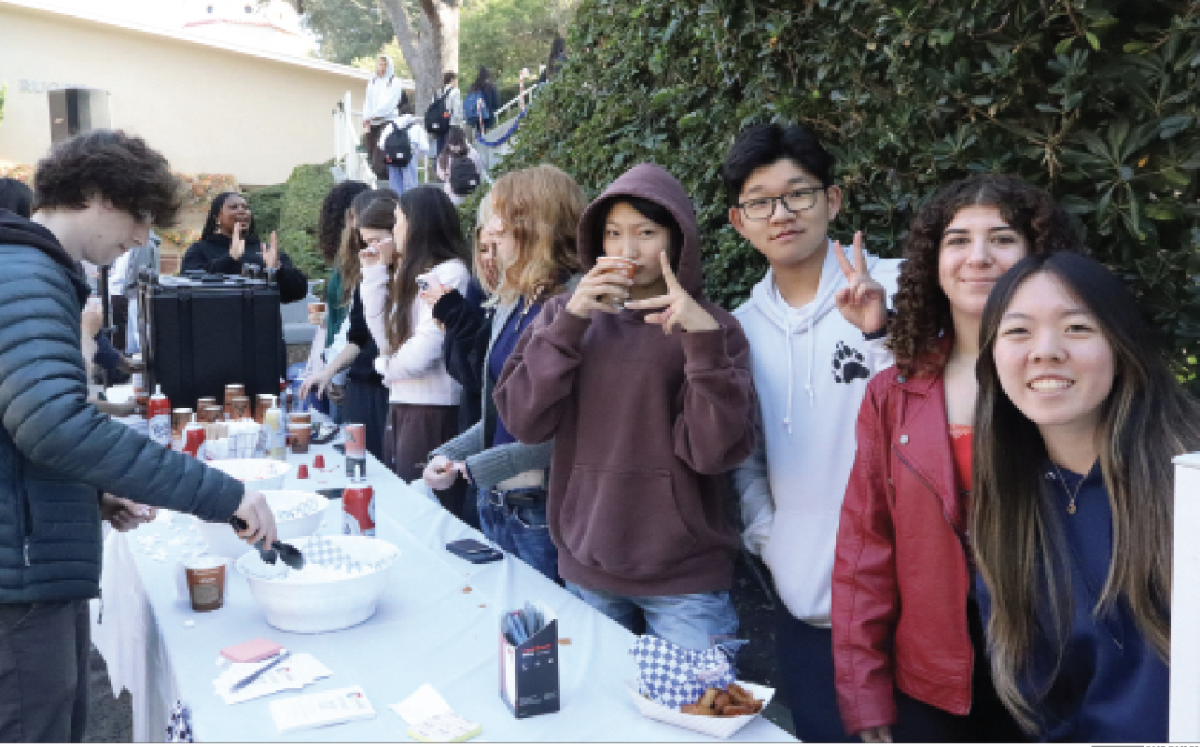By Alex Gura and David Lim
Mathematics professor Jeremy Martin ’92 presented research and academic experiences to math students in an open discussion afterschool Monday. Explaining his field of combinatorics, Martin walked students through simple problems in his subject and divulged personal experiences throughout his career. Martin, an associate professor at the University of Kansas, spoke both in the Advanced Seminar and Directed Studies classes as well as in Ahmanson Lecture Hall.
“We’re all trying to understand reality,” he said. “What I do is much easier than the lab scientist that studies a cell. The benefit I get from looking at simple objects is that I can understand them more closely.”
A member of the first graduating class of Harvard-Westlake, Martin went on to graduate from Harvard University and chose to study at University of San Diego’s pure mathematics program instead of an engineering school because “the people were happier.”
Instead of working as an “applied mathematician,” Martin works in abstract math, solving theorems that may or may not be used later on in the real world.
“I build tools where the use for them haven’t been invented,” Martin said. ”Maybe someone will come into my tool shop and say, ‘I need a tool to solve a problem,’ and I’ll say ‘I’ve got just the thing for you.’”
Martin was invited by math teacher Beverly Feulner to speak here previously. Feulner has stayed in touch with Martin, whom she taught nearly 20 years ago.
Current Advanced Seminar teacher and Science, Technology, Engineering and Mathematics committee head Kevin Weis asked Feulner to invite Martin again to speak for a more general audience.
“Dr. Martin’s style of teaching makes math very tangible. Though his research is undoubtedly very complex, he uses models and concrete examples,” Courtney Kelly ’11 said. “He let my Directed Studies class delve into graph theory without the least bit of hesitation.”
He also discussed complex graph theory problems with the Advanced Seminar class.
Martin teaches a wide variety of college classes, ranging from his favorite, honors freshman calculus, to classes for non-math majors with up to 700 students. He also spends a significant amount of time working with graduate students, whom he considers his “junior-level associates.”




























